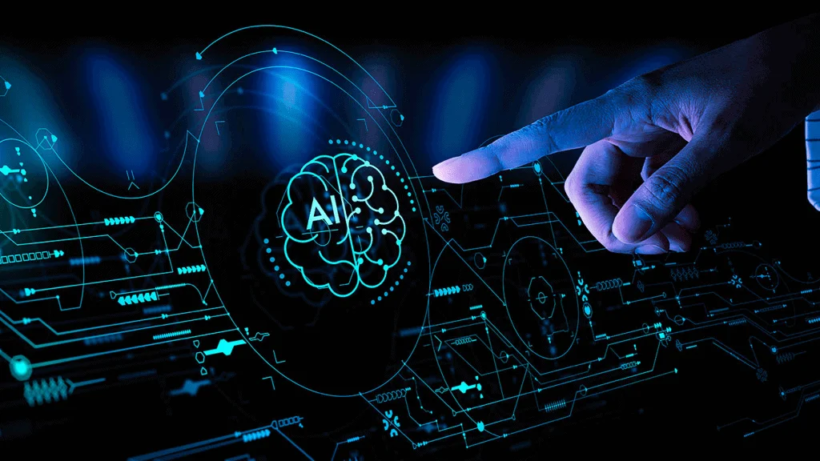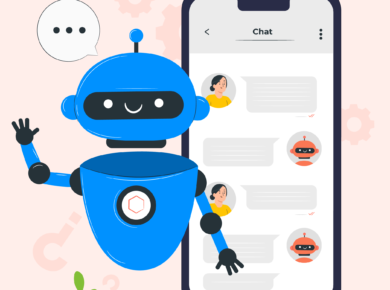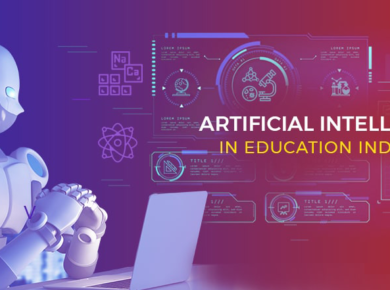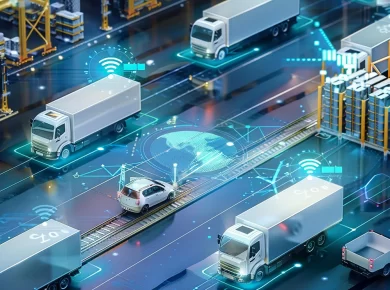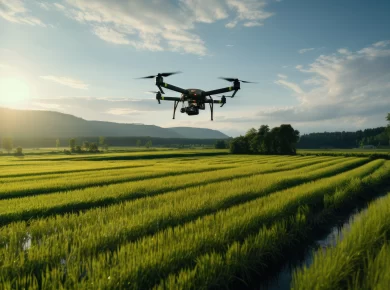- AI is helping companies recover from the pandemic more efficiently.
- The growing uptake of AI is causing concern for data security in a time of escalating cyberthreats.
- Well-deployed AI can be used to counter these cybersecurity threats.
Global catastrophes have historically brought moments of truth for all fields of business. In such times, their inner workings, strengths and weaknesses are laid bare for the whole world to see, as organizations rapidly alter their processes to come to terms with the new reality.
Businesses that can make bold moves during such challenging times can quickly turn the misfortune into a benefit. So early indications are that businesses that value information as a currency, and have been quick to adapt machine learning and advanced data analytics, have emerged better from the economic aftermath of the pandemic.
AI and business optimization
The coronavirus pandemic that continues to ravage the world has forced small businesses into building online ventures. It has also compelled them to adopt AI-enabled platforms that offer consumer insights and help enterprises to deliver “hyper-personalized” products to online buyers.
Additionally, AI has so far helped companies that are struggling to create safe and contagion-free work environments by setting up on-demand online labour forces.
In a business context, AI has the potential to perform automated, repetitive tasks that would otherwise have been left for humans. It helps improve efficiency, reduces cost and saves time that could be invested in other business functions.
However, AI requires massive amounts of data to learn about consumer trends, predict consumer behaviour and find the “next best action” to enhance customer satisfaction and boost sales. But this predictive intelligence can also foresee demand and supply behaviours and help in quality control processes in manufacturing facilities
The trouble is that gathering and storing this data securely while safeguarding the interests of your stakeholders is no easy task. In the age of digital transformation, where everything is interconnected and shared online, internet of things (IoT) security poses a significant risk for users.
In recent years, there has been a dramatic increase – 15% to 21%, according to various estimates – in security breaches. Leading platforms such as Facebook, Twitter, and Yahoo have become victims, compromising millions of dollars’ worth of users’ data.
This does not only mean people must set better passwords, but also mandates that these platforms have higher standards for cybersecurity. Since data science and AI will be shaping the next stages of IoT development, data-rich companies must create efficient and trustworthy approaches to turn data into useful and actionable insights.
Cybersecurity in the age of AI
Data collection and AI algorithms are becoming the cornerstone of the cybersecurity industry. Automated decision-making and evaluation processes provide a wider range of protection from malicious activity than legacy solutions. For instance, AI can be proactive and monitor devices for suspicious activity, instead of relying on slowly updated malware databases.
AI developments in cybersecurity should emphasize on making systems safer and more secure for consumers to use. Let’s take a look at how to do this right:
- Identify threats early
Combine conventional threat intelligence (a list of all known cyberthreats to date) and use machine learning to understand risks. This should result in a better, more efficient system of threat detection and prevention.
This can also help to identify any loophole or threat present in the data.
In fact, machine learning can also be used to spot any abnormality or potential vulnerability in the midst of “normal” activity and warn users of a threat before it could compromise essential data. With the right systems in place, your hackers won’t even realize that you know of their presence, so you can take immediate measures to ensure the safety of your digital infrastructure.
- Prevent credit-card fraud
Unusual activity, such as purchases made from a different device or unusual transactions, can be instantly detected using AI-powered services that help verify the credit-card holder.
Machine learning can also help users choose passwords by warning them if a password is not safe enough.
- Build on the blockchain
In recent years, cryptocurrencies like Bitcoin and Ethereum have been rising in popularity. These cryptocurrencies are built upon blockchain, an innovative technical solution to store a secure, decentralized record of transactions.
Blockchain can be used to enable medical records and help in security management by identifying criminal identity loopholes in the system.
With blockchain technology, verification keys wouldn’t be required anymore. If someone tries to hack the data, the system analyzes the whole mass of data chains. Even if one data node is left uninterrupted by the hacker, the entire system can be restored successfully.
This makes the entire system far more secure, ensuring that there is no discrete way of tampering with blocks in the chain, and the stored data can remain safe.
- Go deep into the data
One of the main areas where AI can help cybersecurity is by responding to threats almost immediately. For example, in 2016 Google listed around 20,000 sites for having malware within their system. While humans can’t scrutinize millions of websites, machine learning can. It is possible to use relevant AI solutions to analyze every visit to the site, categorize visitors based on their threat level, and deal with them accordingly.
We are entering an era of hypercomplexity, where all of our information is interconnected
